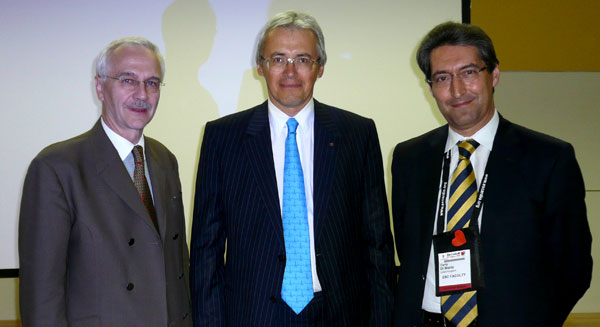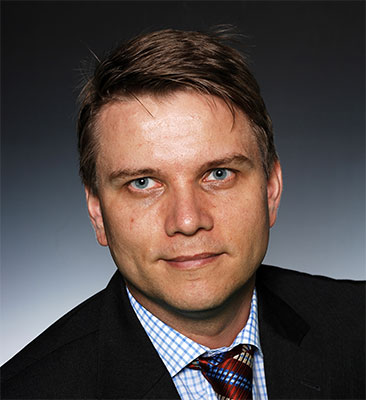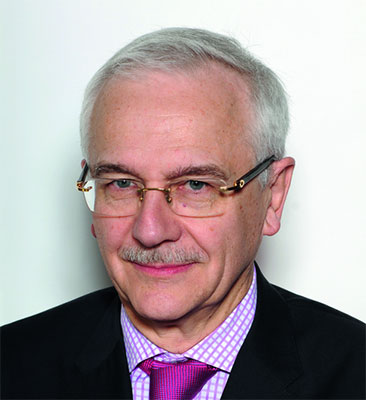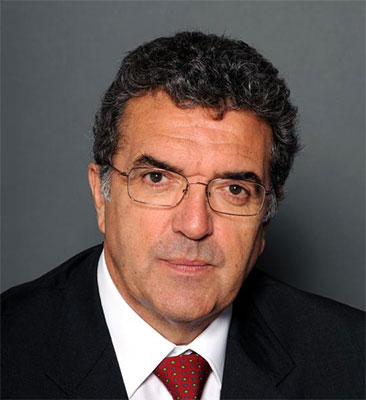Standard Page With Sidebar
STANDARD PAGE WITH SIDEBAR
Our History
Based on needs assessment, the Stent for Life Initiative was launched by the coalition of the European Association of Percutaneous Cardiovascular Interventions (EAPCI), a registered branch of the European Society of Cardiology (ESC), and EuroPCR, at the EAPCI General Assembly, during the ESC Annual Congress in 2009, in Barcelona (5, 2).

Creating reperfusion culture for STEMI patients
We are reaching the end of the second year of the Stent Save a Life Argentina Initiative. During the first year, we determined the main barriers that exist in the management of STEMI patients in our country. The most significant barrier is undoubtedly our health system that is organized around three main providers: the public […]

Christoph K. Naber Appointed Stent Save a Life Chairman
Christoph Kurt Naber, Germany Director, Department of Cardiology and Angiology, Contilia Heart and Vascular Center Elisabeth-Krankenhaus, Essen During the seven years of Stent for Life Initiative’s existence, the SFL Mission has remained the same: Reduce the mortality and morbidity of patients suffering from acute coronary syndromes (ACS) by supporting the implementation of European Clinical Practice […]
MAJOR PUBLICATIONS
We’re committed to the exchange of clinical information. In this section you could find the articles in major publications regarding the Stent Save a Life initiative, the opportunities and challenges in building ST-elevation acute myocardial infarction (STEMI) systems of care in so-called emerging countries.
EXECUTIVE COMMITTEE
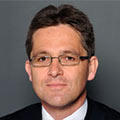
Andreas Baumbach
The research in interventional cardiology focuses on improving outcomes of patients treated for acute coronary syndromes. This includes the use of novel interventional devices, the assessment of new medication during and after procedures. My interest lies in minimising the size of the heart attack and also minimising the side effects of medication used adjunctively during acute procedures.
In the field of percutaneous valve implantation, I lead the pivotal trial on embolic protection during transcatheter aortic valve implantation. This technology might help to reduce the reate of stroke and subclinical cerebral infarcts during the procedure.
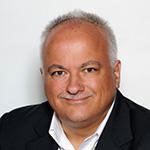
Michael Haude
EAPCI Member since February 2007. Since September 2009 EAPCI board member and responsible as chair for the EAPCI Fellowship program.
Member of the program building committee of EuroPCR congress 2013 and 2014. Invited speaker, facilitator and faculty member of different PCR congresses throughout the world.
Member of the ESC working Groups on Computers in cardiology and the former working Group on interventional cardiology.
National Working Group – AGIK (Working Group on Interventional Cardiology of the German Society of Cardiology), elected Chairman in 2008, 2011 and 2013-2015.
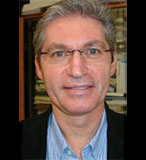
Petr Kala
I have been participating in the Stent Save a Life Initiative (SSL) as its Ambassador from its early phase and I am honored to accept the nomination to become the SSL Co-Chairman. I strongly believe in teamwork, collaboration and visions and I am very happy to have the opportunity to share the experience from my presidency of the Czech Working Group of Interventional Cardiology. Since 1995 I have been leading the primary PCI program and have been involved in building the nationwide primary PCI care that serves as one of the best examples of acute myocardial infarction systems in Europe. Membership in the EAPCI Committee for Databases and Registries, EAPCI Scientific Program Committee and EuroPCR Program Committee will help me to further implement the SSL mission in Europe and other geographies.
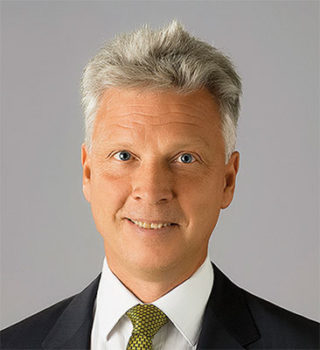
Steen D. Kristensen
I have been working as an interventional cardiologist at Aarhus University, Skejby, Denmark for the last 20 years and have been performing primary angioplasty for more than 15 years. I have been involved in many primary PCI projects and in the implementation of primary PCI nationwide in Denmark. My experience from my work as past president of ESC with responsibility for National Societies also gives me a good background for working with the Stent for Life Initiative on implementation of primary PCI in Europe. I think it is a very important project, and I am pleased and proud to be the past-Chairman of the Stent Save a Life Steering Committee.
H2 Title 30px
H3 Title 24px
H4 Title 18px
Sed diam nonummy nibh euismod tincidunt ut laoreet dolore magna aliquam erat volutpat. Ut wisi enim ad minim veniam, quis nostrud exerci tation ullamcorper suscipit lobortis nisl ut aliquip ex ea commodo consequat. Lorem ipsum dolor sit amet, consectetuer adipiscing elit, sed diam nonummy nibh euismod tincidunt ut laoreet dolore magna aliquam erat volutpat. Ut wisi enim ad minim veniam, quis nostrud exerci tation ulla.
- Lorem ipsum dolor sit amet,
- Consectetuer adipiscing elit,
- Sed diam nonummy nibh euismod
- Tincidunt ut laoreet dolore magna aliquam erat volutpat.
Sed diam nonummy nibh euismod tincidunt ut laoreet dolore magna aliquam erat volutpat. Ut wisi enim ad minim veniam, quis nostrud exerci tation ullamcorper suscipit lobortis nisl ut aliquip ex ea commodo consequat. Lorem ipsum dolor sit amet.
- Duis autem vel eum iriure dolor
- In hendrerit in vulputate velit
- Isse molestie consequat, vel
- Illum dolore eu feugiat nulla
A typical day for a pediatrician may include appointments with sick children, conducting physicals to assess overall health, prescribing medicine, discussing treatment options with families, coordinating with other medical professionals for diagnosis, dealing with pediatric emergencies, and educating parents about their children’s illness and how to assist in the treatment process. Pediatricians may work during regular business hours or other shifts depending on the needs of their employer; some pediatricians work in private practice, and others work in hospitals and clinics that are open 24 hours a day. Most of this work is performed indoors in a medical setting.
To become a pediatrician, individuals must first get a bachelor’s degree and apply to medical school. Once accepted, they complete four years of medical school and receive the medical degree and begin a residency in their chosen field.
One of the many things you need to do to prepare for your little one’s arrival is to choose a doctor to oversee his or her health care. A pediatrician is medical doctor who manages the physical, behavioral, and mental health of children from birth until age 21. A pediatrician is trained to diagnose and treat a broad range of childhood illnesses from minor health problems to serious diseases.
Pediatricians must have basic computer skills, as lots of hospitals use digital records.
They must also have strong interpersonal skills, as most of their interaction is often with sick children and their (often worried) parents. This may be a high-stress position, so the ability to work in high-stress situations and handle unexpected issues and outcomes.
A typical day for a pediatrician may include appointments with sick children, conducting physicals to assess overall health, prescribing medicine, discussing treatment options with families, coordinating with other medical professionals for diagnosis, dealing with pediatric emergencies, and educating parents about their children’s illness and how to assist in the treatment process.
Most hospitals ask if you have a pediatrician when you go in to deliver. Your baby’s first examination may be with a hospital pediatrician or your chosen pediatrician. This depends on hospital policy and whether your pediatrician makes rounds at the hospital where you deliver. If a hospital pediatrician examines your baby, he or she will provide your pediatrician with the records from these exams.
FREQUENTLY ASKED QUESTIONS
- How to Develop an Action Plan
- How to Measure Quantitative Objectives
SSAL country objectives should be defined according to the three year objectives for all Stent Save a Life programmes.
A strategy then needs to be determined to achieve them.
The next step is to develop a local one year action plan with clearly defined measurable objectives. The SSAL
Task Force should take on this responsibility, since it has representatives of all key SSAL stakeholders who
can dedicate resources, expertise and multidisciplinary approaches.
The action plan operationalises SSAL goals and clearly states:
- The aim to be reached
- The steps that must be followed to achieve this objective, ie the activities to be performed
- The logical sequence in which these activities must be performed
- The dates for the beginning and end of each activity
- The person responsible for implementation of each activity
- The resources required for the implementation of each activity
- The intermediate results (milestones) to be reached at the end of each activity
- The indicators which will assess whether the activities were carried out satisfactorily
Measuring progress against quantitative objectives is an important starting point for evaluating the success
of a SSAL programme.
The overall aim is to increase the use of primary angioplasty for reperfusion therapy in STEMI patients.
The following indicators can be used to assess progress:
- Total number of primary PCI and number of primary PCI per million inhabitants
- Proportions of STEMI patients taken to hospital receiving primary PCI, fibrinolytics, and no reperfusion therapy
- Number of 24/7 cath labs
- Average population size served by a 24/7 primary PCI centre
- Number of certified interventional cardiologists
- Overall in-hospital mortality for STEMI patients
- In-hospital mortality for STEMI patients receiving primary PCI, thrombolysis, and no reperfusion therapy
Please refer to the section on establishing a national ACS/AMI registry for details on how to collect the data.






